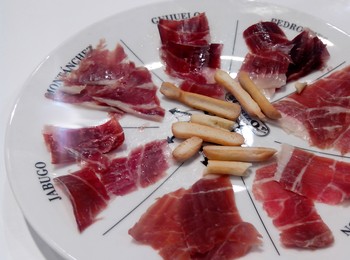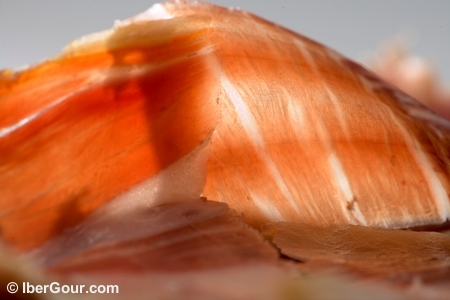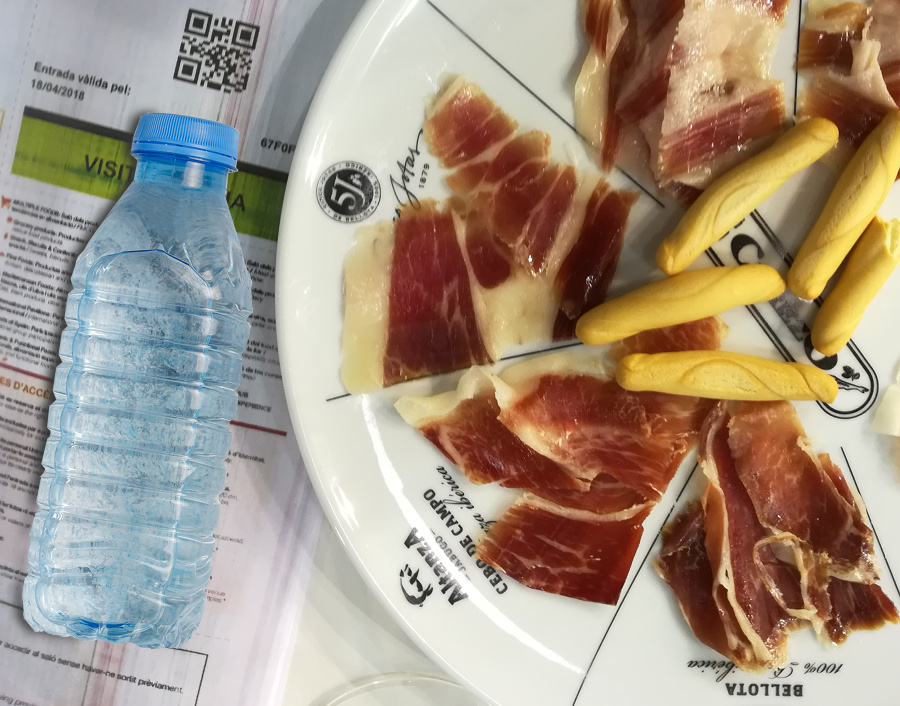Your pata negra ham may have nothing left to give but you can still do things with it, like making a delicious consommé or a flavorful sauce for a meat dish. The bone marrow and the bits of meat you can’t cut off the bone are tasty and nutritious (vitamins, minerals, essential fatty acids and more). Here is how to … read the rest
Category: Nutrition and health
Aspects of ham consumption related to nutrition and health. Studies on the effects of incorporating jamón ibérico into the diet.
The additives in Pata Negra ham
Until recently, what worried consumers most was the salt content of cured ham. WHO (World Health Organisation) recommends consuming a maximum of 5 grams per day (even less in children and adolescents) to reduce the risk of cardiovascular disease, although the world average of between 9 and 12g is more than double.
These days it seems that other additives used … read the rest
Ham and Hypertension: 6 Tricks to Not Have to Say Goodbye to Pata Negra Ham
The first result you get when you ask Google how to prevent high blood pressure is “To help manage your blood pressure, you should limit the amount of sodium (salt) that you eat”. Does this mean that we have to cut out ham from our diet once we reach a certain age? The answer depends on the individual (or … read the rest
Why doesn’t a good Pata Negra ham taste salty?
 If you are asked which is saltier, a slice of Iberian jamón de bellota or a crisp? The answer will almost always be the crisp. Moreover, if I ask you to first try a sample of each, the answer wouldn’t change.
If you are asked which is saltier, a slice of Iberian jamón de bellota or a crisp? The answer will almost always be the crisp. Moreover, if I ask you to first try a sample of each, the answer wouldn’t change.
The reality is very different: a bag of crisps typically contains 1.5g of salt per 100g of potatoes, … read the rest
6 Reasons that Pata Negra Jamón de Bellota Increases the Appetite

It is unusual for a customer to explain why they buy jamón de bellota. We mostly assume it is simply because Pata Negra is great. But there are several customers who have told us that they buy ham because of how little they feel hungry and it helps them to boost their appetite.
For most of us gluttony is a … read the rest

